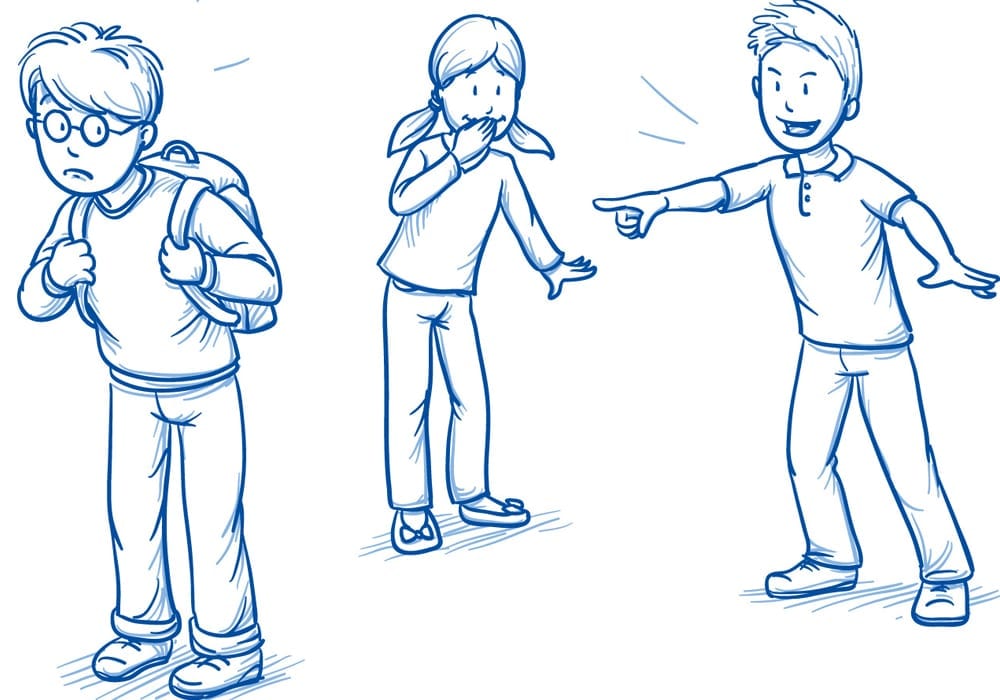This emotional intelligence activity helps kids deal with their emotions when negative situations do come up. By visualising scenarios, identifying how those scenarios make them feel, and then brainstorming how they can resolve those situations, they learn to react better to challenges.
The hope is that these problem solving and visualisation skills will help them in later life.
Summary
Time: 10 minutes
Ages: Big kids to Teens
Difficulty to set up the activity: Easy peasy
Skill: Emotional Intelligence and Problem Solving
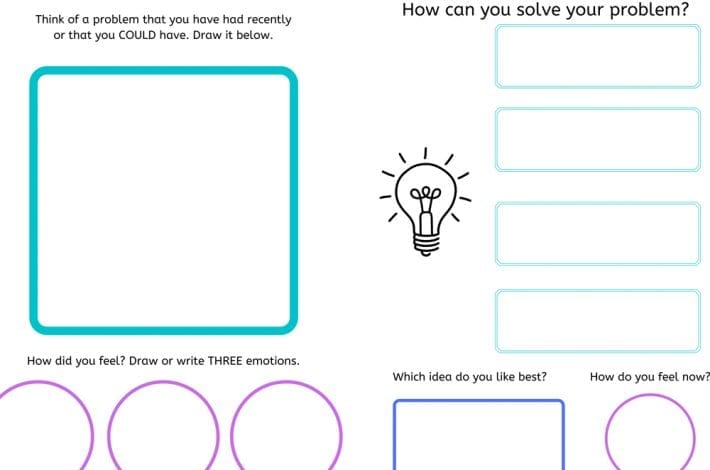
You will need:
- Emotional Intelligence Activity sheets – click to download and print
- Pens or pencils
- A quiet room
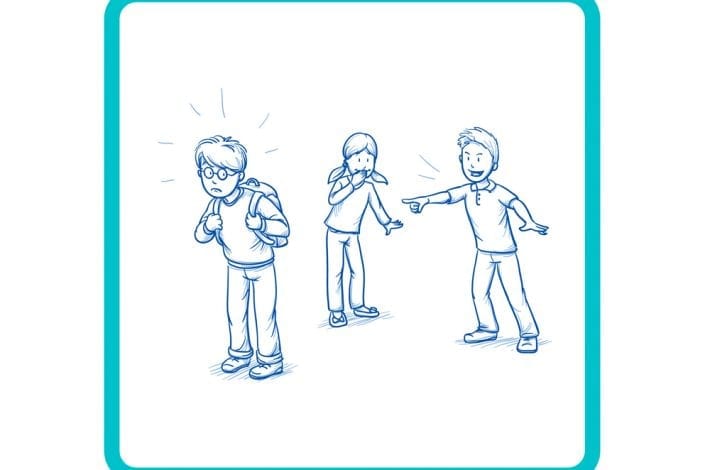
Step 1: What brings up those big feelings?
Print off the two pages here:
Begin with the first page which starts with ‘Think of a problem that you have had’.
Ask your child to think of a situation where they felt cross or embarrassed or worried. It could be one they have already experienced OR one that they fear experiencing in the future.
Some examples are:
- not having friends to play with in the playground
- having classmates make fun of them
- doing something embarrassing
Your child can draw the scenario in the large box on the worksheet, or write out a description of it.
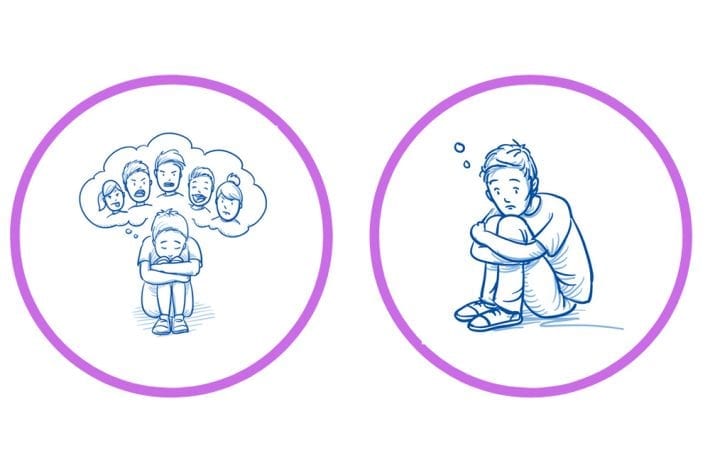
Step 2: How do those situations make you feel?
Having drawn the scenario that brings up those big feelings, ask your child to draw or write how it made them feel.
They can put up to 3 emotions.
Did it make them feel sad? Embarrassed? Alone?
Let them put it to paper so they can acknowledge how these situations make them feel.
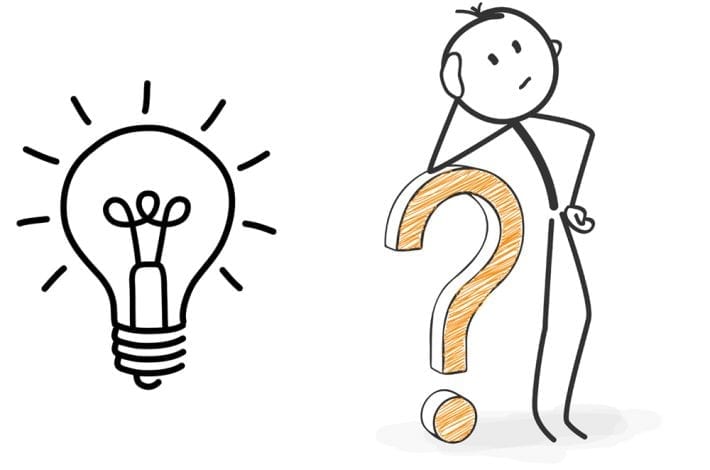
Step 3: What can I do to make the situation better?
This next step of the activity is the most important. Your child has drawn or written a situation that made (or could make) them feel bad. They have identified and acknowledged the negative emotions it has brought up.
Now ask them to write down all the ways they can make themselves feel better and improve the situation.
At first it might be tricky to get those ideas flowing. They might be drawing a blank or say things that wouldn’t help much. Whatever the ideas, let them brainstorm and if you need to help them out with the first few.
What can they do? What might help?
Your child might suggest some standard responses such as:
‘Tell the teacher’ or ‘tell my parents’ which are all great and we always want them to go to adults for help. But you also want them to dig deeper into ways they could fix it for themselves as well.
If they have loads of ideas you can jot them down on a spare bit of paper and pick out the best ones for the next step.
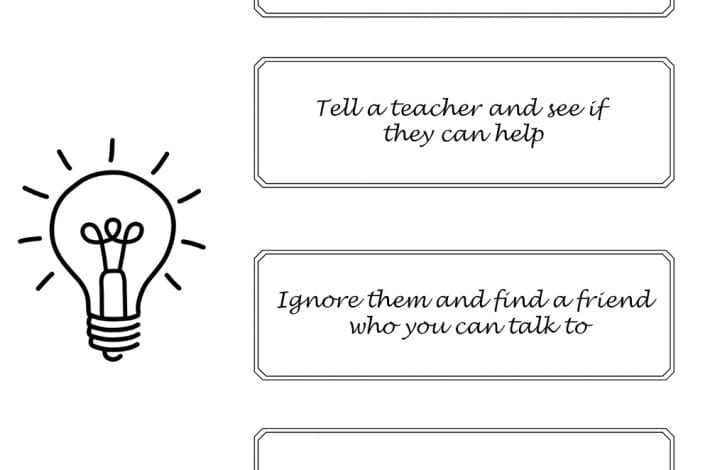
Step 4: Problem solving
Turn to the second page of the print-out which starts with ‘How can you solve your problem?’
Ask your child to write or draw out solutions to the problem in each of the boxes. These could be the best ideas from your brainstorm together or new plans that they come up with as they’re writing.
For example, to solve the problem of ‘classmates leaving me out of a game’ your child could think of:
- Find a kind friend to play with.
- Start your own exciting-looking game that other kids will want to come join.
- Tell the kids who are playing of something special you can do that would help their game and join in.
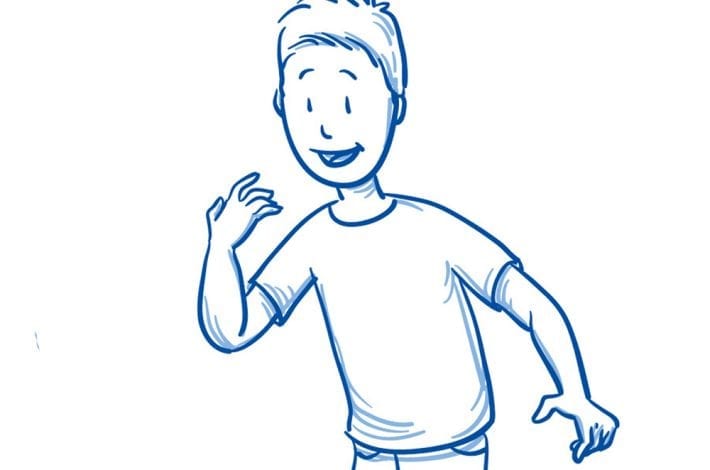
Step 5: Have you made yourself feel better?
At the bottom of the second page your child can write or draw the solution that they like best. Let them really visualise doing it, everything going to plan and their problem being solved.
How do they feel now? Can they draw or write that emotion in the circle?
The aim is that they will feel a lot better and a lot happier.
This is an activity that is great to do regularly, like every week.
By repeating the process, your child will start to automatically come up with solutions to problems they face regularly or that they fear facing.
It will help them to identify those negative emotions when they do come up, and think of ways they can resolve the situation.
We hope it helps them feel empowered to change situations that they are able to change, to try tactics they would never have thought of before, and to prevent those negative emotions from building up.

